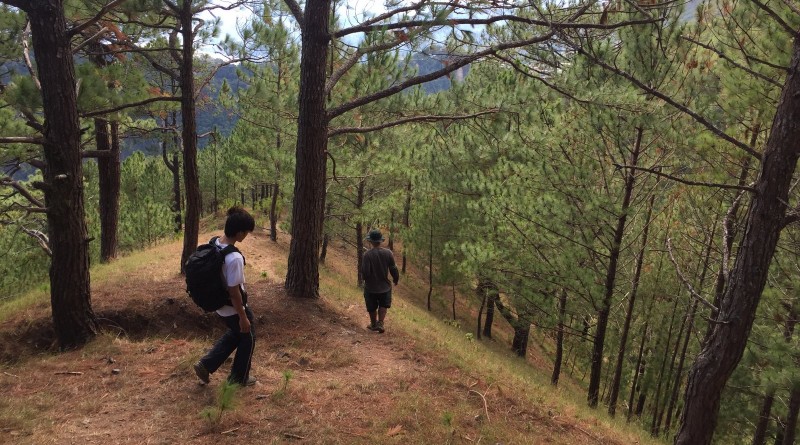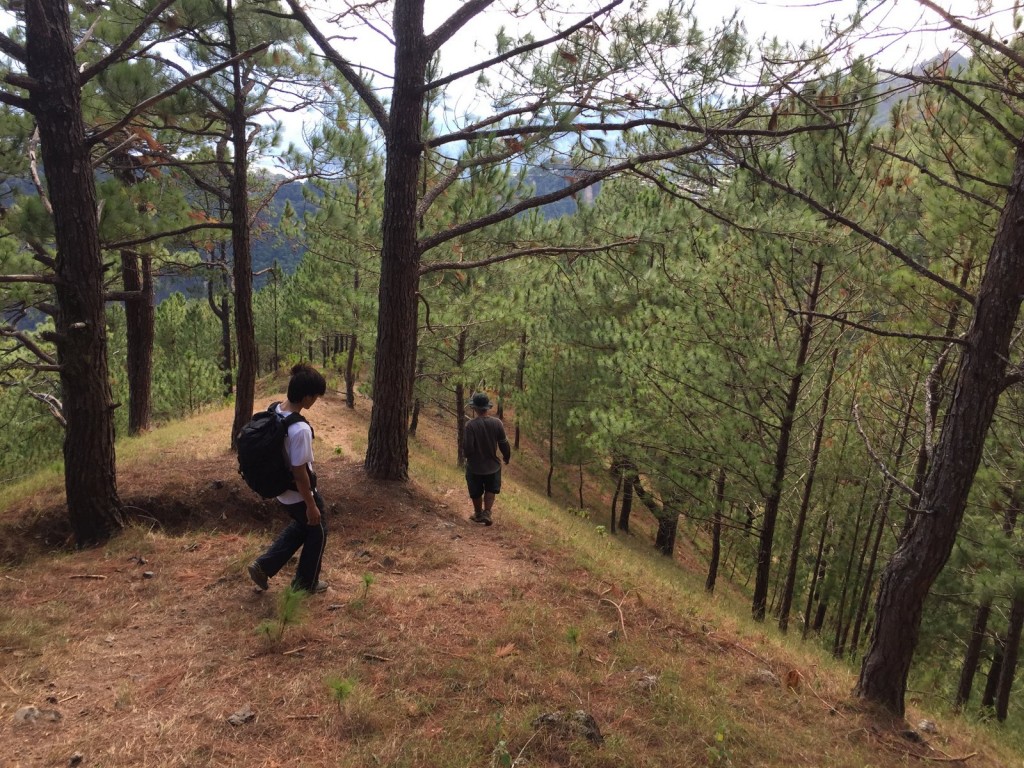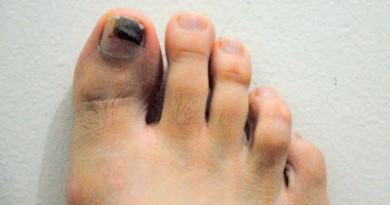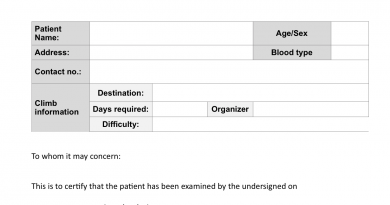Hiking preparation: Fitness, health, diet, and exercise
by Gideon Lasco, MD
 This is an article belonging to the ‘climb health‘ category in PinoyMountaineer. Information provided in this article are based on research and are not meant as a substitute to actual medical advice and healthcare.
This is an article belonging to the ‘climb health‘ category in PinoyMountaineer. Information provided in this article are based on research and are not meant as a substitute to actual medical advice and healthcare.
While the financial prepration for a climb is perhaps considered as the most difficult, the physical preparation is also very crucial. Especially when you are embarking on a multi-day climb, physical prepration would make sure you are fit, not just for your safety but for your enjoyment.
1. Get aerobic. Running, swimming, hiking itself, among other sports, are aerobic exercises. They prepare your lungs and your heart for the demands of a sustained, streneous activity such as hiking. Weeks or even months before a climb, try to exercise at least three times a week for at least 30-60 minutes for each session. When we say aerobic, the goal here is pulmonary and cardiovascular training. Check your heart rate before and right after the exercise…the goal is to observe a decreasing trend with the same amount of exercise. This means that the heart is becoming more and more efficient.
2. Ready those leg muscles. Running for prolonged periods is challenging; running or even walking on a steep slope can be even more so. When there’s the opportunity to jog on inclined surfaces, grab it, because you want the leg muscles to be prepared not just for locomotion, but for locomotion at an angle that the body is not really used to.
3. The best preparation for a climb is another climb. Training climbs offer what exercises on sea level cannot: the actual environment where you’ll be. The steep slopes of a Mt. Makiling Traverse would condition the muscles for all the movements and sustained actions that are involved in hiking. Importantly, the muscle groups for lifting the body in an ascent (the quadriceps, etc.) will likewise be conditioned. Joining a training climb will also prepare your lungs to the thinner air of high altitudes; train your brain to coordinate hand-leg movements, and aid in mentally preparing you for the conditions of . Also, a training climb will serve as a “test” if your fitness level is good enough for the climb at hand. If every 10 meters of ascent leaves you gasping, more exercise might be needed. How often must one climb to be fit? Personally I try to climb at least once a month, and a major climb at least once every quarter as the barest minimum. But of course this will depend on you.
4. Don’t get too adventurous on food before the adventure begins. While the focus of physical preparation usually dwells on the cardiovascular and musculoskeletal systems, your gastrointestinal system must also be in good shape. Don’t stress it unncessarily by introducing untested food.
5. Consider carbohydrate loading as an option – This is usually for high-intensity activites like marathons, but strenuous climbing may also fall under this category. The aim to store glycogen (energy stores) in the muscle. Take note, however, that there is a proper way to do this; it’s not just a shotgun eating up of all the food in the table. Wikipedia offers one strategy, but this is just one of many: “7 days before the event, perform an exhaustive exercise to all but deplete your energy stores. Then for the next 2-3 days cut back on carbs and do low exercise to keep the carb level very low. Then 3-4 days before the event, eat a very high carb diet. This will initiate a response from the muscles to take in as much glycogen from the carbs as possible, over compensating for the starvation from the previous days.” Take note that foods with low glycemic indices are preferred (they increase short-term energy storage without increasing blood glucose levels). Examples include whole wheat pasta and grains. Take note, rice has a HIGH glycemic index.
6. If you have a medical condition, go see a doctor before the climb. Examples include asthma, diabetes, hypertension, or heart disease The doctor can then advise you on what medications to bring and what special precautions to take. With proper prepration, hiking is actually a very healthy activity and I’m sure your doctor will be happy to see you embark on such an endeavor. If you have a muscle, tendon, bone, or sports-related injury, go see your orthopedic surgeon or sports medicine specialist to guide you.
7. Choose your gear well. A well-designed bag will actually reduce the stress on your shoulders by transferring the weight to your waist. Also, a shoe can make or break your climb. If it fits well, your movements will be more natural and there will be less impact on your toes, knees, and hips. If it does not fit well, the adjustments your body make to avoid painful movements may require compensation from other muscle groups – and demand more energy – thus making your hike more difficult.
These are just tips that I have, based on my knowledge as a doctor and my experiences as a hiker. However, as they say personal experience is the best teacher and you may have your own stratagies and tips on how to prepare for a climb. There is no right or wrong way. The important thing is that you are aware of the need to prepare for a climb, physically. Let the beautiful views take your breath away, not the steep ascent!







Leave a Reply
4 Comments on "Hiking preparation: Fitness, health, diet, and exercise"
Hey Doc, what can you advise to those hikers who had had runner's knee in the past?
Strengthen your body's endurance before going on a climb.
gud day po
my problem lang po kasi ako nung first climb ko. sumama po yun stomach ko dahil sa tubig meron parin bang puritabs o kaya anything na pwedeng pang purify o filter sa tubig either gamot man ito o kaya equipment.
thanks
Let the beautiful views take your breath away, not the steep ascent!
AMEN to that!